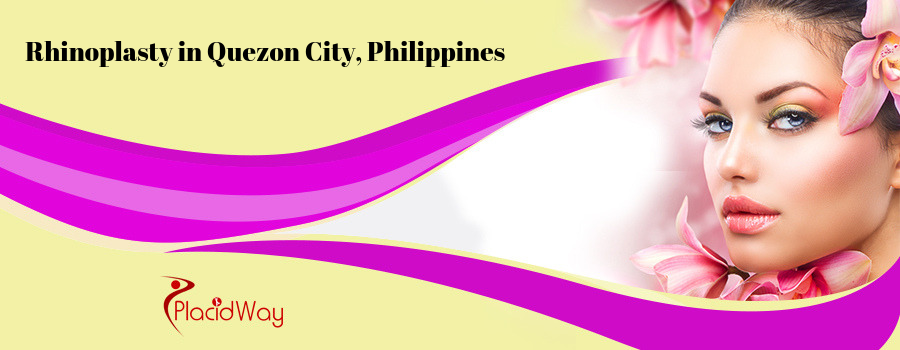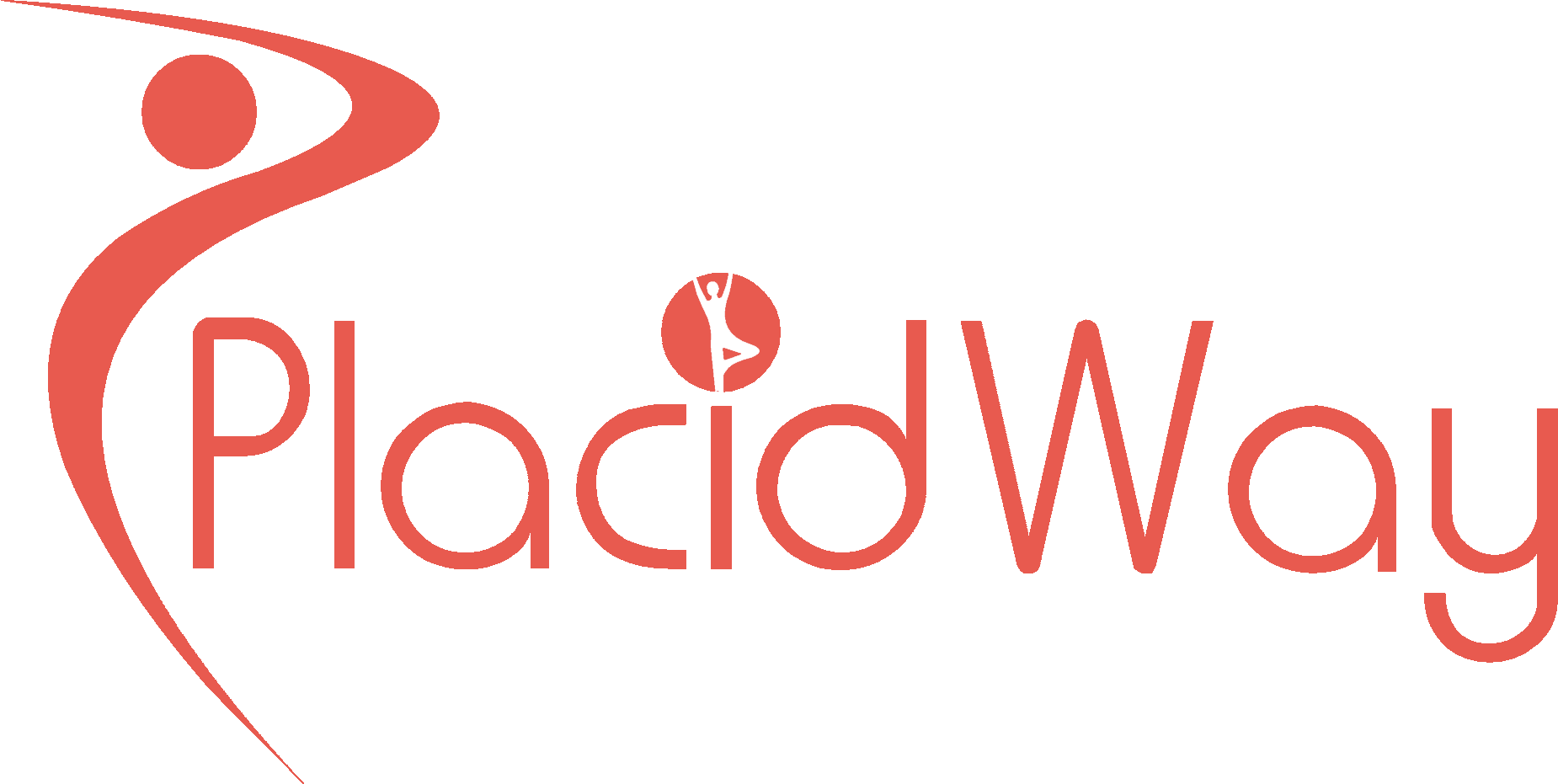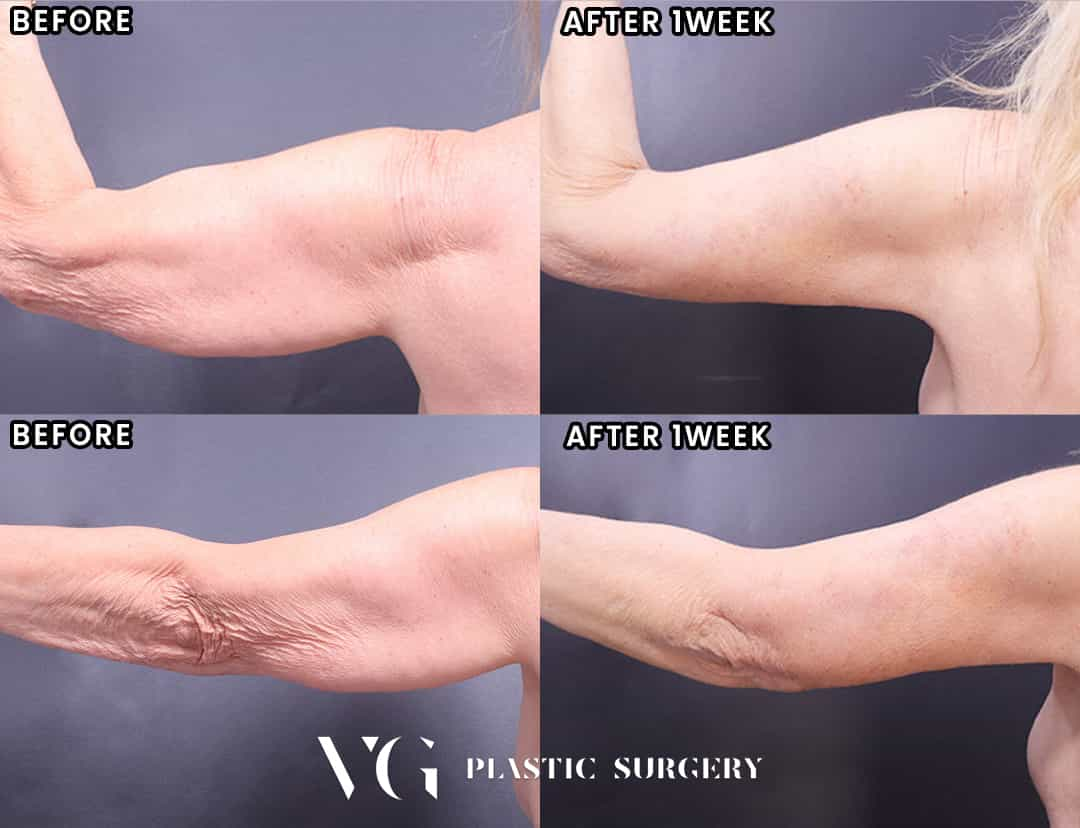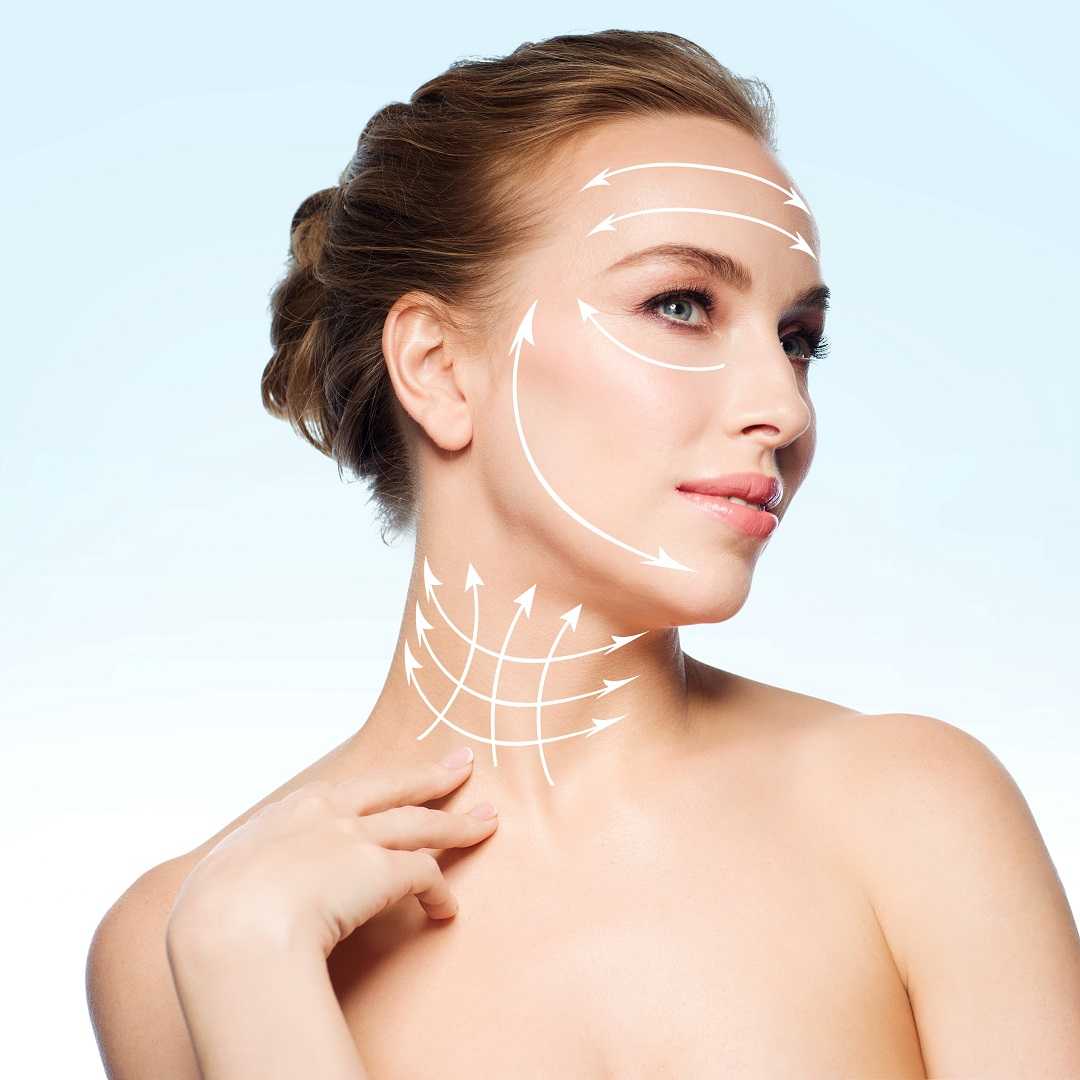Nose Surgery in the Philippines: Exploring the Cost and Options

Are you considering nose surgery in the Philippines? This article will guide you through the cost and options available, helping you make an informed decision. The Philippines has become a popular destination for medical tourism, and its reputation for excellent healthcare services at an affordable price is a key factor.
When it comes to nose surgery, also known as rhinoplasty, the Philippines offers a range of options to suit various budgets and preferences. Whether you are looking for a subtle enhancement or a more significant transformation, there are skilled surgeons and state-of-the-art clinics that can cater to your needs.
The cost of nose surgery in the Philippines is generally significantly lower compared to other countries such as the United States or Australia. However, it's important to keep in mind that the price can vary depending on factors such as the complexity of the procedure, the surgeon's experience, and the location of the clinic.
In this article, we will delve into the different types of nose surgery available, provide an overview of the expected costs, and explore the factors to consider when choosing a surgeon. Join us on this informative journey to discover your options for nose surgery in the Philippines.
Types of Nose Surgery Procedures
Nose surgery, commonly referred to as rhinoplasty, encompasses a variety of procedures aimed at enhancing both the aesthetic appeal and functionality of the nose. One of the most common types is the open rhinoplasty , where incisions are made on the outside of the nose, allowing the surgeon to have a clear view of the underlying structures. This method is particularly beneficial for more complex reshaping or reconstruction cases, as it provides greater access and control over the nasal framework. Patients often opt for open rhinoplasty when they desire significant changes, such as correcting a hump, altering the tip, or addressing breathing difficulties.
Another prevalent option is closed rhinoplasty , which involves incisions made within the nostrils. This technique is less invasive than the open approach and typically results in minimal scarring since all incisions are hidden. Closed rhinoplasty is often chosen for less complex procedures where subtle changes are required, such as refining the nasal tip or straightening the bridge. The recovery time for closed rhinoplasty is generally shorter, making it an attractive option for many patients seeking quicker results with less visible evidence of surgery.
In addition to these primary techniques, there are specialized forms of nose surgery, such as revision rhinoplasty and ethnic rhinoplasty . Revision rhinoplasty is performed to correct or enhance the results of a previous nasal surgery that may not have met the patient's expectations. This procedure can be more complex due to the changes made during the initial surgery, and it often requires an experienced surgeon. Ethnic rhinoplasty, on the other hand, aims to respect and maintain the unique characteristics of a patient's ethnic background while achieving the desired aesthetic improvements. Surgeons who specialize in ethnic rhinoplasty take into account cultural nuances and individual preferences, ensuring a result that harmonizes with the patient's overall appearance.
Benefits of Nose Surgery
Undergoing nose surgery can lead to a multitude of benefits beyond mere aesthetic improvements. One of the most significant advantages is the boost in self-esteem and confidence that many patients experience following the procedure. A well-proportioned nose can enhance facial harmony, leading individuals to feel more comfortable in their skin. This newfound confidence can have a cascading effect on various aspects of life, including personal relationships and professional opportunities, as individuals feel more at ease interacting with others.
In addition to cosmetic benefits, rhinoplasty can also improve nasal functionality. Many individuals suffer from breathing difficulties due to structural issues within the nose, such as a deviated septum or enlarged turbinates. Surgical intervention can correct these issues, leading to improved airflow and overall respiratory health. Patients often report significant relief from chronic nasal congestion, snoring, and sinus infections following surgery, allowing them to enjoy a better quality of life. This functional aspect of rhinoplasty is particularly essential for individuals who have experienced long-term discomfort or health issues related to their nasal structure.
Moreover, nose surgery can provide long-lasting results. With advancements in surgical techniques and technology, patients can expect outcomes that not only enhance their appearance but also stand the test of time. While aging and other factors can affect the nose, the foundational changes made during rhinoplasty can maintain their integrity for many years. This permanence adds to the overall value of the procedure, as patients can enjoy their improved appearance and breathing for a lifetime with proper care and maintenance.
Factors to Consider Before Getting a Nose Surgery
Before committing to nose surgery, it is crucial to carefully consider several factors to ensure a successful outcome. One of the primary considerations is the motivation behind the surgery . Prospective patients should reflect on their reasons for seeking rhinoplasty, as well as their expectations for the results. It is essential to approach the procedure with realistic goals, understanding that while surgery can enhance appearance, it may not resolve underlying issues related to self-image or personal satisfaction. Consulting with a mental health professional may also be beneficial for individuals who have deep-seated concerns about their appearance.
Another important factor is the timing of the surgery . Patients should evaluate their personal and professional commitments before scheduling the procedure. Recovery from rhinoplasty can take several weeks, and it may require time off work or adjustments to daily activities. Ensuring that there is ample time for healing and recuperation will contribute to a smoother recovery process. Additionally, it is advisable to avoid scheduling surgery during periods of high stress or significant life changes, as these can impact overall emotional well-being during recovery.
Lastly, individuals should take into account the financial implications of nose surgery. While rhinoplasty in the Philippines is generally more affordable than in many Western countries, costs can still vary significantly based on the surgeon's expertise, the complexity of the procedure, and the clinic's location. It is vital to budget not only for the surgery itself but also for associated expenses, such as pre-operative consultations, anesthesia, and post-operative care. Patients should explore financing options if necessary and ensure they are comfortable with the overall investment before proceeding.
The Cost of Nose Surgery in the Philippines
One of the most compelling reasons individuals consider nose surgery in the Philippines is the cost. On average, the price of rhinoplasty in the country ranges from $1,500 to $4,000, which is substantially lower than the costs typically found in countries like the United States, where procedures can exceed $10,000. This affordability makes the Philippines an attractive destination for medical tourism, drawing in patients from various parts of the globe. However, it is important to note that the price can fluctuate based on several factors, including the surgeon's experience, the complexity of the procedure, and the specific location of the clinic.
When evaluating costs, prospective patients should also consider the type of rhinoplasty they are seeking. Open rhinoplasty tends to be more expensive than closed rhinoplasty due to the increased level of expertise and time required for the procedure. Additionally, revision rhinoplasty can also carry a higher price tag, as it often involves correcting previous surgical work and may require more intricate techniques. Understanding these distinctions can help patients better anticipate their financial commitments.
Lastly, while the cost of nose surgery in the Philippines is appealing, it is essential to balance affordability with quality. Patients should conduct thorough research on potential clinics and surgeons, looking at their qualifications, experience, and patient reviews. Choosing the cheapest option may not always lead to the best results, so investing in a qualified and reputable surgeon can ultimately save money and prevent costly revisions down the line. Thus, prospective patients should weigh the costs against the potential outcomes to make an informed decision.
Understanding the Different Options for Nose Surgery in the Philippines
In the Philippines, a variety of options for nose surgery are available, catering to the diverse needs and preferences of patients. Clinics across the country offer both surgical and non-surgical rhinoplasty options. Non-surgical rhinoplasty, often referred to as liquid rhinoplasty, utilizes dermal fillers to achieve temporary changes in the shape of the nose. This procedure is less invasive and requires no downtime, making it an attractive option for those hesitant about undergoing surgery. While results are not permanent, they can last from six months to two years, providing an opportunity for patients to experiment with their desired look without a significant commitment.
For those seeking more lasting results, traditional surgical options remain the most effective. As previously mentioned, open and closed rhinoplasty are the two primary surgical techniques. Additionally, some clinics offer specialized procedures, such as tip plasty , which focuses on reshaping the nasal tip to create a more refined appearance. This targeted approach is often less invasive than full rhinoplasty and can yield excellent results for individuals with minimal concerns about their nasal bridge or overall structure.
Furthermore, patients interested in ethnic rhinoplasty will find skilled surgeons in the Philippines who understand the nuances of different ethnic backgrounds. These specialists are adept at preserving cultural features while enhancing the nose's appearance to meet individual preferences. By offering a wide range of options, the Philippines ensures that patients can find a solution tailored to their unique needs and aspirations, whether they seek subtle adjustments or more dramatic transformations.
Choosing the Right Surgeon for Your Nose Surgery
Selecting the right surgeon is one of the most critical steps in the nose surgery process. A qualified and experienced surgeon can make a significant difference in the outcome of the procedure. It is essential to conduct thorough research on potential candidates, starting with their credentials and board certifications . Look for surgeons who are certified by relevant medical boards and associations, as this indicates a commitment to maintaining high standards of practice. Additionally, consider their experience with rhinoplasty specifically, as a surgeon who specializes in this field will have a deeper understanding of the complexities involved.
Another important aspect to evaluate is the surgeon's portfolio of past work . Most reputable surgeons will have before-and-after photos of previous patients, which can provide valuable insight into their skills and aesthetic sensibility. Pay close attention to the results achieved for patients with similar nasal structures and desired outcomes. This will help you gauge whether the surgeon’s style aligns with your vision for your own nose.
Moreover, the initial consultation is a crucial opportunity to assess the surgeon’s approach and communication skills. During this meeting, you should feel comfortable discussing your goals, concerns, and any questions you may have. A good surgeon will listen attentively, provide honest feedback, and ensure that you have a clear understanding of the procedure, potential risks, and expected results. Trust and rapport between the patient and surgeon are essential for a successful experience, so take the time to find someone you feel confident working with throughout the process.
Preparing for Nose Surgery
Preparation for nose surgery is vital to ensure a smooth procedure and recovery. Once you have chosen your surgeon and scheduled the surgery date, the next step is to undergo a pre-operative consultation . During this appointment, your surgeon will provide specific instructions tailored to your individual needs. This may include guidelines on medications to avoid, dietary restrictions, and lifestyle changes to make in the days leading up to surgery. Following these instructions closely can help minimize risks and complications.
In addition to medical preparations, it is also beneficial to prepare your home environment for recovery. Stocking up on necessary supplies, such as ice packs, comfortable clothing, and medications prescribed by your surgeon, can make the recovery process more manageable. It’s also wise to arrange for someone to assist you during the initial days post-surgery, as you may experience discomfort and require help with daily tasks. This support can significantly ease the transition back to normalcy after the procedure.
Lastly, consider the mental and emotional aspects of preparing for nose surgery. It is natural to feel a mix of excitement and anxiety before undergoing any surgical procedure. Engaging in relaxation techniques, such as deep breathing or meditation, can help alleviate stress and promote a positive mindset. Surrounding yourself with supportive friends or family members can also provide comfort and encouragement during this time. A focused and calm approach to preparation can enhance your overall experience and contribute to a successful outcome.
Recovery and Aftercare for Nose Surgery
The recovery process following nose surgery is a crucial phase that significantly impacts the final results. Immediately after surgery, patients are typically advised to rest in a comfortable position, keeping their heads elevated to minimize swelling. Swelling and bruising around the eyes and nose are common and may peak within the first few days. Patients should be prepared for some discomfort during this time, but pain management will be provided through prescribed medications. Following the surgeon's post-operative care instructions is essential for promoting healing and achieving the desired outcome.
During the initial recovery period, it is vital to avoid strenuous activities and heavy lifting, as these can increase the risk of complications. Most surgeons recommend taking at least a week off from work or school to allow for adequate recovery. Patients should also avoid exposing the surgical site to excessive sunlight, as this can hinder healing and lead to unfavorable scarring. Keeping the surgical area clean and dry, along with attending follow-up appointments, will help ensure that the healing process is on track.
As the swelling begins to subside, patients will gradually notice changes in the appearance of their noses. While the final results of rhinoplasty can take several months to fully materialize, many individuals report satisfaction with their new look long before the complete healing process is finished. It is important to remain patient and trust the healing journey. Regular communication with the surgeon during recovery can help address any concerns and ensure that the outcome aligns with the patient's expectations.
Is Nose Surgery in the Philippines Right for You?
Deciding whether nose surgery in the Philippines is the right option for you involves careful consideration of numerous factors. The appealing cost of procedures, combined with the availability of skilled surgeons and advanced medical facilities, makes the Philippines an attractive destination for those seeking aesthetic improvements. However, it is essential to approach the decision with a clear understanding of your motivations, expectations, and the potential risks involved.
Reflecting on the benefits of nose surgery can help clarify whether the procedure aligns with your personal goals. For many, the prospect of improved self-confidence and enhanced facial harmony is a compelling reason to pursue rhinoplasty. However, it is crucial to ensure that these desires stem from a healthy perspective and are not driven solely by external pressures or unrealistic ideals.
Ultimately, thorough research, open communication with potential surgeons, and a strong support system can guide you in making an informed decision about nose surgery in the Philippines. By weighing the pros and cons, understanding the available options, and preparing adequately, you can embark on this transformative journey with confidence and excitement, knowing that you are taking steps toward achieving the look you desire.














